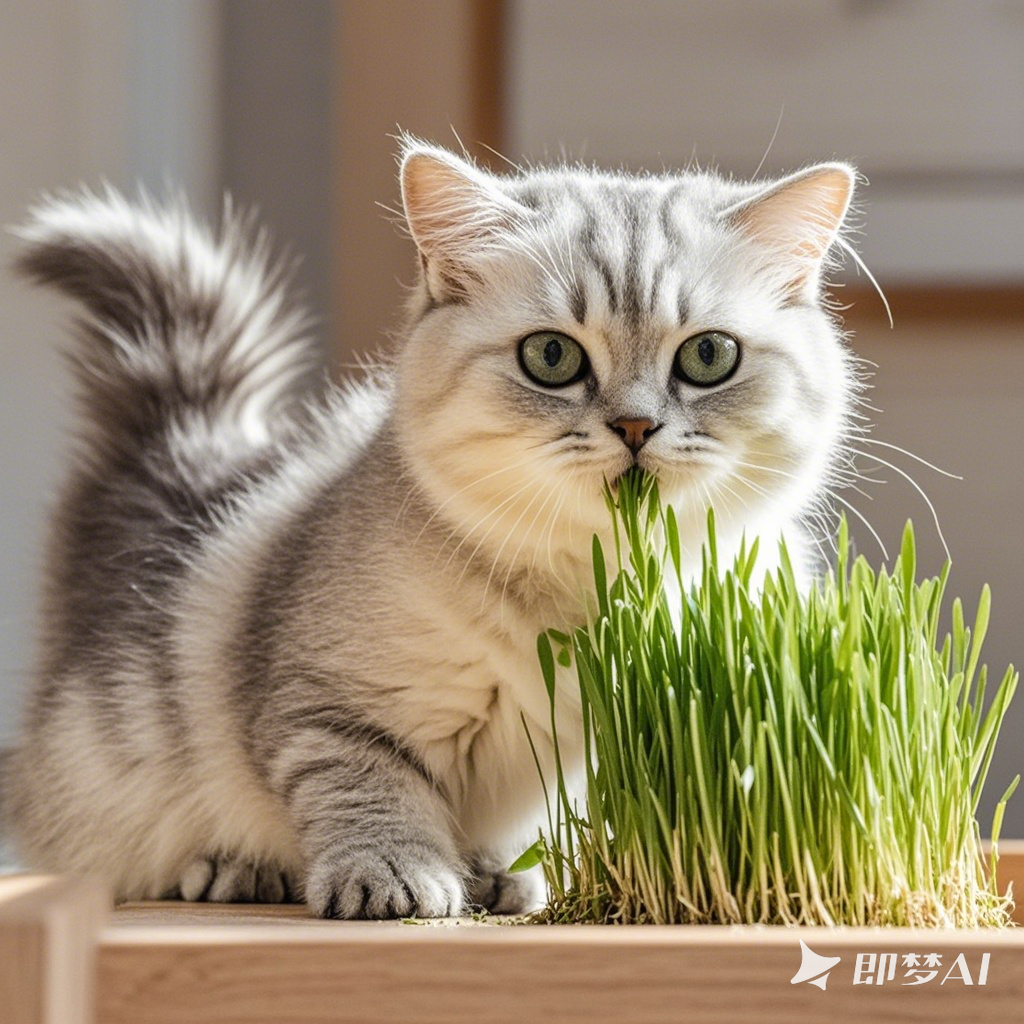Cat grass is a wonderful treat for your feline friend, offering both nutritional benefits and a safe way for your cat to satisfy their natural urge to nibble on greens. Growing cat grass at home is easy, and with just a few steps, you can provide your cat with fresh, healthy grass whenever they want it. Here’s how to get started.
1. Choose the Right Seeds
Cat grass typically refers to a variety of grasses that are safe and enjoyable for cats to eat, such as wheatgrass, oat grass, barley grass, or rye grass. You can find cat grass seed mixes specifically designed for pets at most pet stores or online.
2. Gather Your Supplies
To grow cat grass, you’ll need:
- Cat grass seeds
- A shallow container with drainage holes (a small pot, tray, or even a recycled container will work)
- Potting soil (preferably organic and free from fertilizers or pesticides)
- Plastic wrap or a clear plastic bag (to create a mini greenhouse effect)
3. Prepare the Container
Fill your container with potting soil, leaving about an inch of space at the top. Lightly moisten the soil with water, but avoid making it too wet.
4. Plant the Seeds
Sprinkle the cat grass seeds evenly over the soil surface. Then, cover the seeds with a thin layer of soil (about ¼ inch) and gently pat it down. Water the soil lightly again to ensure the seeds are in contact with moisture.
5. Create a Greenhouse Effect
To help the seeds germinate, cover the container with plastic wrap or place it inside a clear plastic bag. This will create a warm, humid environment that encourages sprouting. Place the container in a warm, bright spot, but out of direct sunlight.
6. Water and Wait
Check the soil daily to ensure it stays moist. The seeds should start to sprout within 3-7 days. Once you see sprouts, remove the plastic covering and move the container to a spot with bright, indirect light.
7. Care for the Grass
As the cat grass grows, continue to keep the soil slightly moist but not waterlogged. Cat grass typically grows quickly, and within 10-14 days, it should be tall enough for your cat to start enjoying. You can let your cat nibble directly from the container or snip off small amounts to offer as a treat.
8. Replace and Regrow
Cat grass has a limited lifespan and may start to yellow or wilt after a few weeks. When this happens, simply start a new batch using the same steps. To keep a continuous supply of fresh grass, consider planting a new container every couple of weeks.
9. Health Benefits for Your Cat
Cat grass is not only a fun and safe snack for your cat but also offers some health benefits. It’s a good source of fiber, which can aid in digestion and help with hairball control. Additionally, it can provide essential nutrients like vitamins and minerals, contributing to your cat’s overall well-being.
10. Safety Tips
Always ensure the soil and seeds you use are free from harmful chemicals. Avoid using any fertilizers or pesticides that could be toxic to your cat. If you’re growing other plants at home, make sure your cat only has access to the safe cat grass and not to any potentially harmful houseplants.
By following these simple steps, you can easily grow cat grass at home and give your cat a fresh, healthy treat they’ll love. Plus, watching your cat enjoy their own little patch of greenery can be a fun and rewarding experience for you as well!
